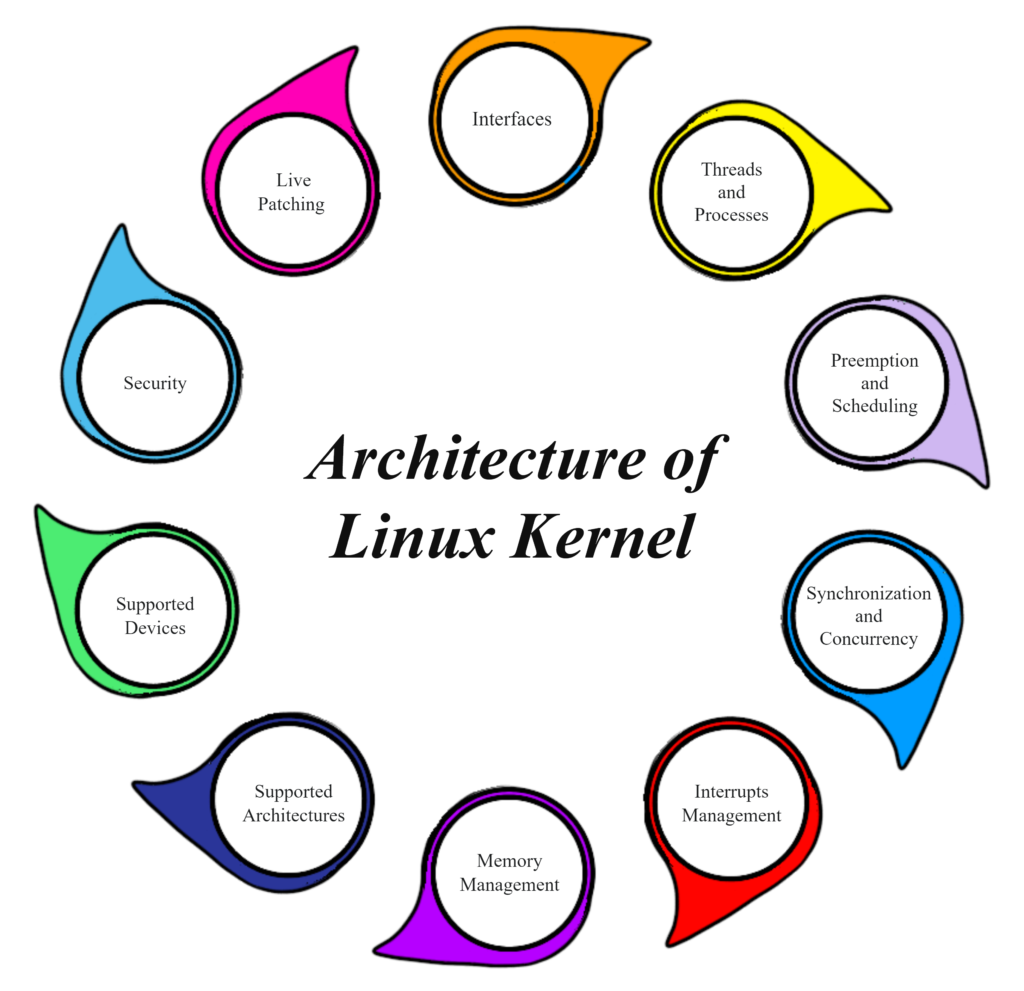In this article discuss about the What is Linux and Flavors of Linux Operating System. One of the best operating systems available that supports all kinds of programming languages is Linux.
Linux is an open-source, Unix-like operating system kernel used in a variety of Operating System and best security is layered.
It was created by Linus Torvalds in 1991 and has since become a popular choice for servers, embedded systems, and as an alternative to traditional operating systems like Windows or mac Operating System.
Introduction to Linux Operating System
Linus Torvalds released the Linux kernel on September 17, 1991, resulting in a family of open-source operating systems based on it. Unlike Windows or macOS, Linux isn’t a single operating system but rather a collection of distributions, each with its own set of features and purposes.
Key Features of Linux:
- Stability and Security: Linux systems are notoriously stable and resistant to crashes, making them popular for servers and critical applications.
- Open-source nature: The Linux source code is freely available for anyone to modify and distribute, which has led to a vibrant community of developers and a wide range of applications.
- Customizability: Linux is highly customizable, allowing users to tailor their systems to their specific needs.
- Cost-effectiveness: Most Linux distributions are free to use and distribute, making them a cost-effective alternative to proprietary Operating Systems
- Open Source: Source code is freely available, allowing customization and collaboration.
- Stability: Known for stability, Linux systems often require less frequent reboots.
- Security: Strong user privilege management and robust security features.
- Cost-Effective: No licensing fees, making it economical for both personal and enterprise use.
- Community Support: Large and active community assists and develops software.
- Linux is a recursive acronym that stands for “Linux Is Not UNIX.” LINUX is Lovable Intellect Not Using XP. This reflects its origin as a Unix-like system but distinct from the traditional Unix operating system.
Distributions:
A Linux distribution is an operating system built around the Linux kernel. They consist of the Linux kernel, system utilities, libraries, and often a package management system. Popular examples include Ubuntu, Fedora, Debian, and Operating System.
Examples of Distributions:
- Ubuntu: User-friendly and widely used, suitable for desktops and servers.
- Fedora: Emphasizes the use of cutting-edge software and technologies.
- Debian: Known for stability and widely used as a base for other distributions.
- CentOS: A free, community-supported version of Red Hat Enterprise Linux.
- Arch Linux: Targets experienced users who prefer a minimalist approach.
Difference between Linux/Unix
While Linux and Unix share similarities, Linux is a kernel developed by the open-source community, whereas Unix refers to a family of operating systems developed by various vendors. Linux is often seen as more versatile and cost-effective, while Unix is historically associated with proprietary systems.
Conclusion:
Take the time to learn more about What is Linux and why it is used? all the points I mentioned in this article. If you have any questions about this topic, please leave a comment.


